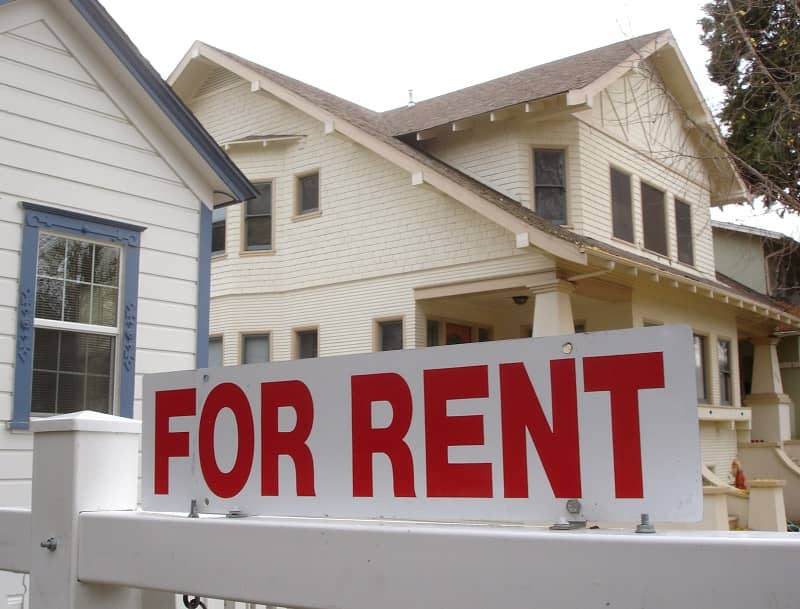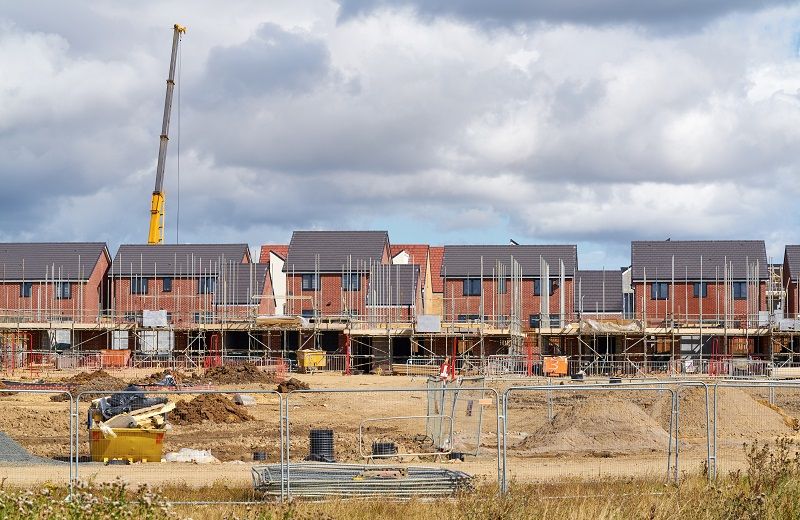In a four-part feature this week, The Oregonian writes about the failure of government policy to provide “affordable housing” in the Portland metro region. Extensive public subsidies for low-income housing have failed to ameliorate the problem, and legislative efforts to force homebuilders to provide lower-priced housing (at a loss) have been unsuccessful.
What the story largely ignores, however, is that Oregon’s land-use regulatory system makes it illegal to build any kind of housing on most private land in Oregon. In addition, the small amount of land available for housing is subject to extensive planning and zoning requirements. This was explained 10 years ago by consulting economist Randall Pozdena in an econometric study entitled, “The New Segregation.” His analysis found that Portland-style “smart-growth” policies across the country were making it increasingly difficult for low-income and minority households to become homeowners.
Other housing experts, such as Harvard’s Edward L. Glaeser, reached similar conclusions.
Housing was not always so expensive. In the decades immediately following World War II, when there was enormous demand for more homes, the private sector was able to respond because large tracts of surplus farmland were converted to residential housing. Such conversions are illegal in Oregon today.
The Oregonian is correct in saying that government housing policy has failed, but forcing private builders to sell homes at a loss will only make things worse. The real solution is to get government zoning out of the way so housing markets can begin to work again.











